In today’s rapidly evolving world, the journey towards true diversity and inclusion has taken center stage across industries and organizations. One vital aspect of this journey is disability inclusion – a commitment to ensuring that every individual, regardless of their abilities, feels valued, respected, and empowered within the workplace. This is not only a moral imperative but also a strategic advantage that contributes to innovation, productivity, and a stronger organizational culture.
In our exploration of the realm of disability inclusion, we delve into the pivotal tools and strategies that pave the way for a more accessible and equitable environment. From comprehensive assessments of current practices to the implementation of forward-thinking policies and the utilization of cutting-edge technologies, there’s a rich tapestry of approaches that can help organizations weave disability inclusion seamlessly into their fabric.
To embark on this journey is to commit to creating spaces where everyone’s voices are heard, talents are nurtured, and contributions are valued. But the question arises, where does one begin?
1. Assessing Current State:
Before embarking on the disability inclusion journey, it’s essential to assess the organization’s current state. Tools such as disability inclusion assessments and surveys can provide valuable insights into existing policies, practices, and perceptions. These assessments help identify strengths, areas for improvement, and the specific direction to prioritize within Disability Inclusion
2. Establishing Disability-Inclusive Policies:
Implementing disability-inclusive policies is a crucial step towards fostering an inclusive environment. Develop policies that address reasonable accommodations, accessibility standards, anti-discrimination measures, and the promotion of diversity and inclusion. Tools like policy templates and guidelines can serve as valuable resources to ensure that policies are comprehensive and aligned with best practices.
3. Creating an Accessibility Checklist:
An accessibility checklist acts as a tool to assess and enhance the physical and digital accessibility of your organization. It helps identify barriers and provides guidance on making necessary improvements. Include elements such as accessible entrances, pathways, digital content accessibility, and inclusive design principles. Tools like checklists, accessibility guidelines, and accessibility auditing software can facilitate the evaluation process.
4. Building Inclusive Job Descriptions and Recruitment Practices:
Developing inclusive job descriptions and recruitment practices is critical for attracting a diverse pool of candidates. Tools such as inclusive job description templates and recruitment guides can help ensure that job postings are free from bias and contain language that encourages individuals with disabilities to apply. Additionally, implementing accessible application processes and providing alternative methods of submission are vital strategies for inclusivity.
5. Leveraging Technology for Accessibility:
Technology plays a significant role in enabling disability inclusion. Explore accessibility tools, software, and assistive technologies that can enhance accessibility across various aspects of the organization, such as communication, digital platforms, and workplace accommodations. Tools like screen readers, speech-to-text software, and captioning services can greatly benefit individuals with disabilities and contribute to an inclusive environment.
6. Employee Resource Groups (ERGs):
Establishing and supporting Employee Resource Groups (ERGs) focused on disability inclusion can be a powerful strategy. ERGs provide a platform for employees to connect, share experiences, and advocate for change. These groups can utilize various tools, such as online collaboration platforms, communication channels, and resource libraries, to facilitate networking, knowledge sharing, and the development of disability-focused initiatives.
7. Training and Education Programs:
Investing in training and education programs is crucial to foster understanding, empathy, and awareness of disability inclusion. Develop workshops, e-learning modules, and interactive sessions that address disability-related topics. Tools such as accessible training materials, case studies, and disability simulation exercises can enhance the learning experience and promote inclusive behavior.
Conclusion:
Implementing the Disability Inclusion Compass requires a range of tools and strategies to drive change effectively. By utilizing resources such as assessments, policy templates, accessibility checklists, inclusive recruitment practices, technology, ERGs, and training programs, organizations can create a culture of disability inclusion. Let’s embrace these tools and strategies to navigate the path towards a more inclusive future.
If you want to know more about disability inclusion in your company, read the Why & How’s here.

